geometric wall art

geometric wall art
Since art does not have to be only on paper or canvas , many new ideas from artists are constantly emerging. Today we present an article about the use of this technology. They specialize in transforming images on flat surfaces and buildings into “holograms or optical illusions” that give a sense of realism. And full of creativity after looking at it, I guarantee it will surely create color and surprise for everyone.
Most forms of optical illusions in art are referred to as Op Art or illusion art, a name that stands for Optical Art. It is called Retinal Art, which means art that includes the eyes. And the eyes.
Op Art has been influential since my birth. Sixties is a creative approach that considers the relationship between illusion and image texture. Between Understanding and Seeing he is very prominent in creating abstract images that focus on geometric shapes. With sharp edges and contours, the orientation of shapes and edges is often skewed, misleading, and deceiving our eyes that they are moving. The most important point of this image is that it is an image that affects vision. to deceive
“A Ciel Ouvert” by Phyllis Farini
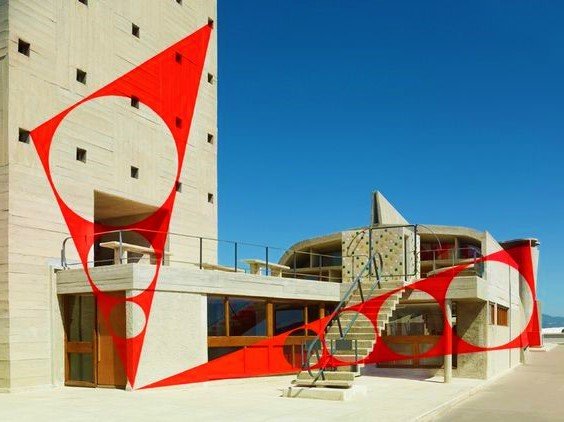
The latest work by Swiss artist Felice Farini has been pioneering the art of optical illusion for more than 30 years. “A Ciel Ouvert” is the newest address at La Cité Radieuse in Marseille, France. This work will be part of the Open Sky area of the building, the aim being to create a different interaction between the building and people as they pass by.
“Unlimited ” by Peter Kugler
Peter Kogler, a 30-year-old Austrian artist who specializes in creating optical illusions using computers to count lines. To create illusion and turn art into a virtual image that is accessible to all. The idea of this work is to bring the art of optical illusion to decorate in an empty room. To become like another dimension All works are printed and covered on the wall. And the cap of the entire gallery, this work is on display at the ING Art Centre, Brussels. Belgium Anyone who has visited him can guarantee that he will surely be disoriented as if he is in another dimension.

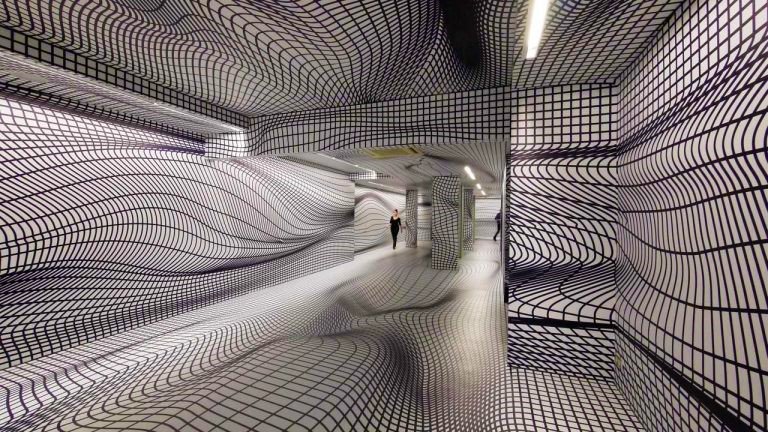
“Shadows of Characters Walking on School Walls” by Anders Ginstad
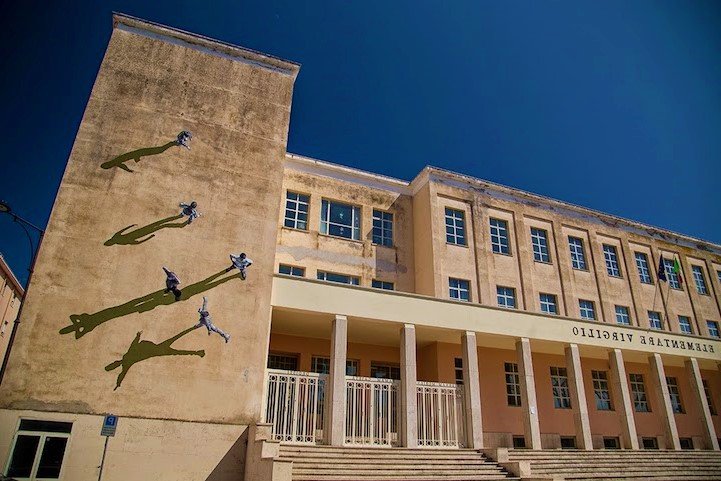
This painting of a boy running, drawn in shadows to create the illusion of a child playing on an anti-gravity wall , is by Norwegian street artist Anders Gneestad. Painted on the walls of an elementary school using multiple overlapping techniques. I give the image a visual and optical illusion with the main shadows. Create realism as if working on a building that viewers may not be able to tell if it is real or built.
In addition to the works of artists who paint artistic paintings on architecture that make the public confused. Moreover, some people actually modify buildings or structures. Being an illusion instead of the original painting is far from the imagination and normal Op Art work, it can be said that it has really been developed to another level.
Crooked House
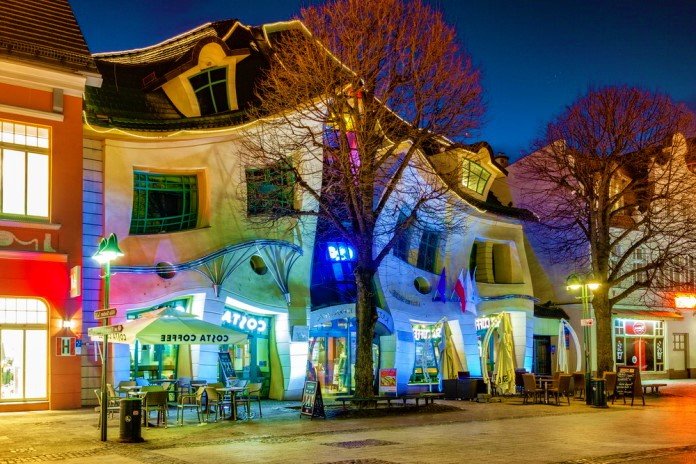
This strange-looking building called Krzywy Domek, or Crooked in English, is a building built in 2004 in Sopot, Poland. Covering a total area of 4,000 square meters, the design of Szotyńscy and Zaleski is inspired by mythological paintings and works by Jan Marcin Szancer and Per Dahlberg. Like a building on the verge of melting strangely made this building so popular that it became a place anyone could go to in this city. A must visit to take a picture with the defaced building as a souvenir. Make this building one of the important symbols of the city.
“Take My Lightning, But Don’t Steal My Thunder” by Alex Chenick
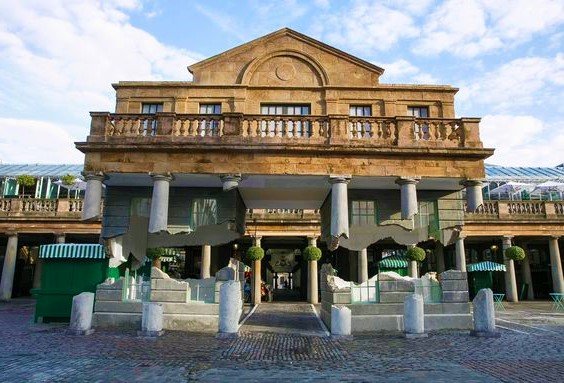
It is a work of art that brings innovation in geometry and painting to create a perfect work. The building looks like an illusion of an old rundown building. And float in the middle of this air. The artwork, Take My Lightning But Don’t Steal My Thunder, was created by British designer Alex Chinneck. It is a work that is 12 meters wide and 10 meters high, which makes it look like it is floating in the air.
But in fact, Alex Chinick, his business owner, revealed that if you look to the side, you’ll see a parked green cart shop. This trolley is responsible for supporting the full weight of the floating building. And the superstructure that looks like cement is not actually concrete. But he took special materials (polystyrene) to cut and shape and then painted them to look like bricks. As a result, it is much lighter than actual brick or mortar. Then he took a 07′ colored polystyrene board and put each part together. Which this action can cause a great deal of fun to passers-by.
“Inversion Tunnel House” by Dan Havel n’ Dean Ruck
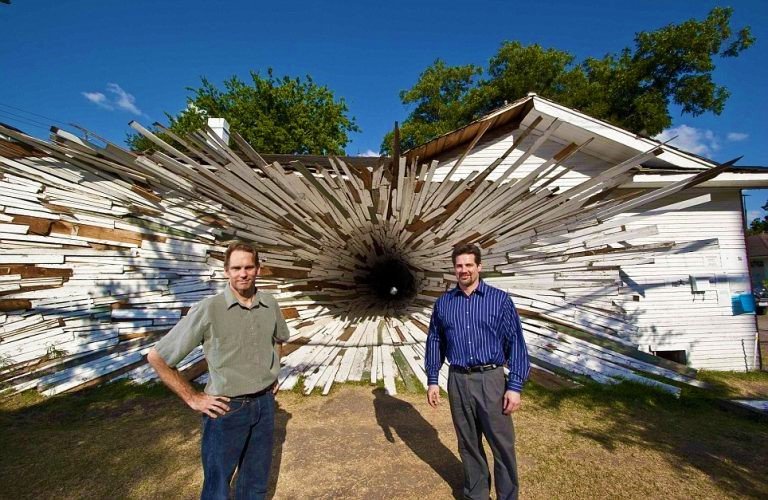
Created by artists Dan Havel and Dean Ruck, this optical illusion transforms an ordinary house into a work of art by using wooden planks to create a window onto the house. In Texas, the United States, this channel is gradually narrowing. Even going out in the back of the house, there was only a small hole. To crawl just looking at it gives me the feeling of looking into a black hole.
Imaginatively and creatively conveying artworks I have yet to see each other on an ongoing basis. Especially art that was ripped from the original frame. That always creates color for the art of the new world The transmission process looks different. It is an artistic interpretation. Different for each individual point of view that has no limits to the same imagination
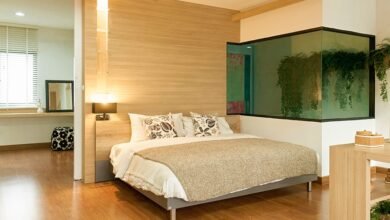
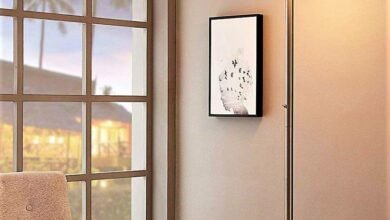


One Comment